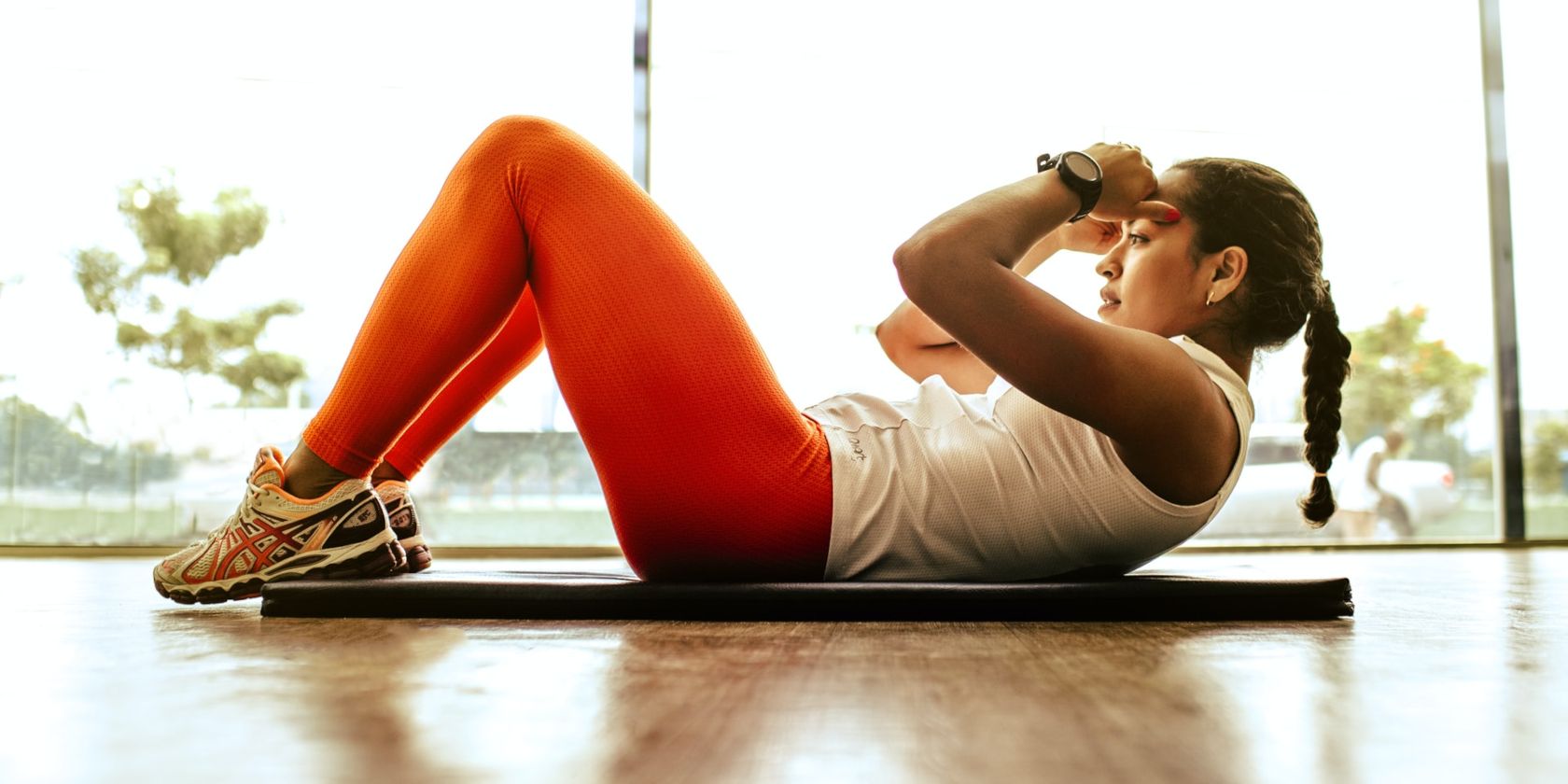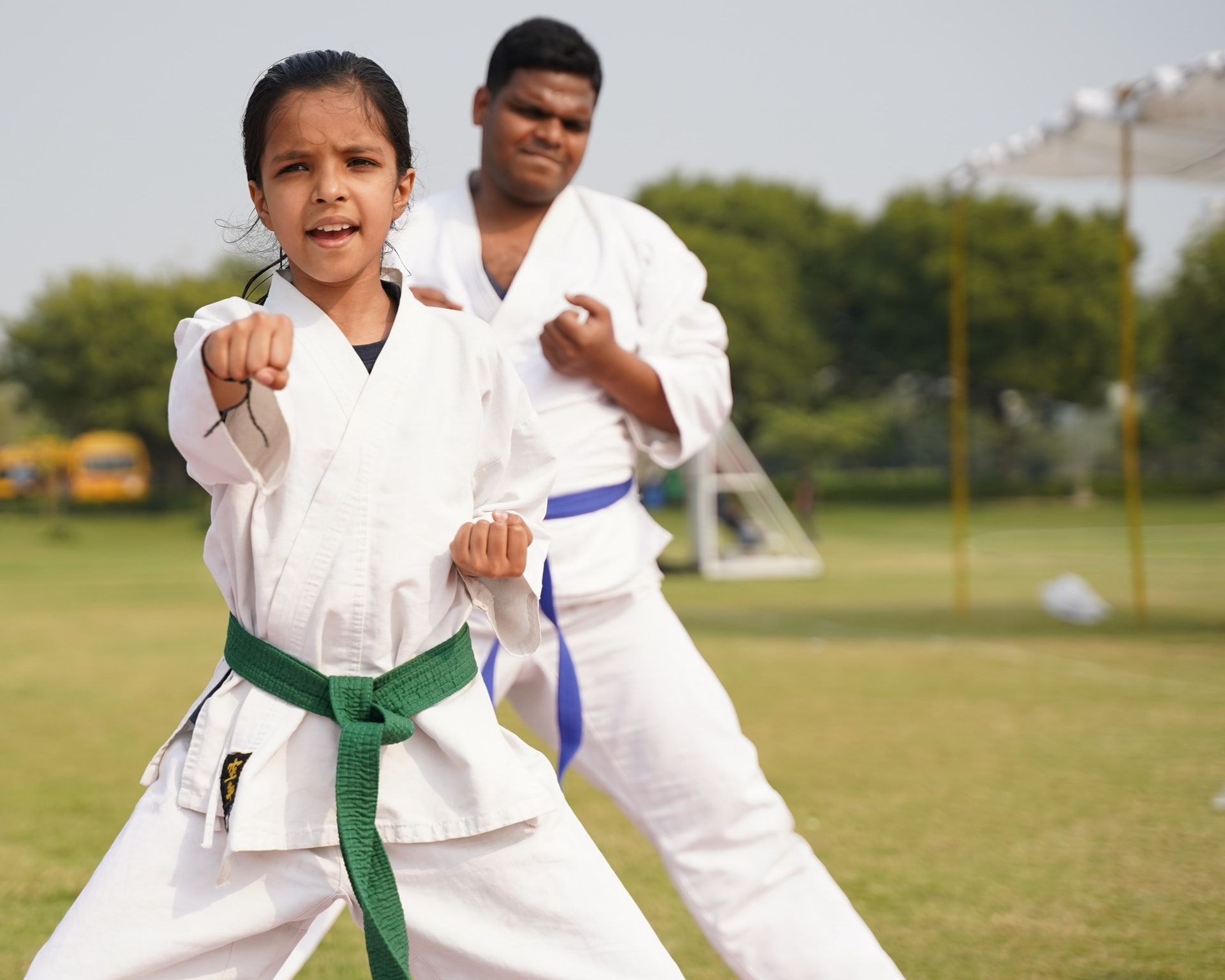Virtual reality is transforming our lives, one activity or whole industry at a time, even for things like exercise.
The problem is that VR technology can only replace so much. Even though you can stay fit with the help of just a headset and controllers, there are limits to how effective they are compared to going to the gym.
Here are the pros and cons of VR fitness, as well as why you should hold onto some real-life activities.
Benefits of Using VR Technology for Fitness
There's no doubt that virtual reality can make you break a sweat. The range of video games and tools available lets you exercise your body and mind in many different ways while having fun.
1. Top VR Products Offer Great Fitness Experiences
Between the best VR headsets for PC and the most physical of VR titles, you get the chance to exercise in surreal environments. Synth Riders, for example, puts you in a vivid futuristic landscape and has you in constant motion as you dodge and punch your way to each level.
The immersion of VR technology also keeps you going, and before you know it, you've been exercising for hours.
2. Physical Benefits of VR Fitness
The impact of VR technology on physical exercise is massive, even more so in the last few years.
A study was carried out in 2021 via an online survey and published in Health and Technology. It looked at how virtual reality affected users' physical and mental wellbeing during COVID-19 related-lockdowns.
Participants that used normal consoles described their exercise intensity as mild at most, whereas 43% of VR gamers happily engaged in more vigorous experiences.
In terms of what kind of exercise you can get with virtual reality, options are growing by the year. Put simply, with a good collection of games, a full-body workout is very easy to do.
3. Mental Benefits of VR Fitness
Regardless of where and how you exercise, a healthy body boosts your mental wellbeing, too.
A review of existing research on the role of exercise in managing mental health disorders was published in the Annual Review of Medicine in 2021. It reported a link between physical activity and improvements in psychological disorders like depression, anxiety, and PTSD.
On the downside, it also pointed out how hard it is to establish fitness as an irrefutable asset to mental health treatments, one of the reasons being that people don't always exercise consistently.
What VR technology brings to the table is its immersion and escapism, which encourages people to keep using it. Subsequently, if their favorite game is very active, they also get plenty of exercise regularly.
4. VR Technology Keeps Developing
The quality of headsets is reaching its apex with the likes of Oculus Quest 2. Video games are rapidly evolving, too. But there's still room for improvement, and developers constantly look for ways to push the boundaries of what VR can do.
A field of particular interest is haptics for extra engaging gameplay. VR experiences are already quite immersive thanks to existing force and haptic feedback, but next-generation suits, gloves, and gadgets are on the way.
This can lead to more realistic and beneficial exercise through VR.
Limits of Using VR Technology for Fitness
Virtual reality is a great way to stay fit remotely and indoors. However, the real-life experience has a few perks that VR technology can't cover yet.
1. VR Technology Can Be Harmful
A big problem with virtual reality is the negative way it can affect users. Even the best headset on the market is too heavy and awkward to wear for several hours. It's the main reason why avid VR gamers get neck injuries.
Then, you have risks to your eyesight and overall balance. An especially common concern is overcoming motion sickness when VR gaming, typically the result of multisensory stimulation gone wrong.
So, until developers fix all these health issues, VR fitness games can hurt as much as help you.
2. You Can't Build Proper Fitness Techniques
If you just want to do some squats, kicks, or air punches, VR will serve you well. But, unfortunately, some activities, like martial arts, demand more than air and imagination to tune your body.
For example, muscle memory is a key factor. While you can build it through repetitive motions alone, you might need more space, equipment, or people than you have access to, if only to reach the standard of real-life training.
Getting the most out of your physical activity also depends on your environment and mental condition. On that point, exercising outdoors is more effective and calming, a fact confirmed by a 2019 study published in Mental Health & Prevention.
In other words, exercising indoors and in a virtual world limits how well it can train and relax you.
3. Social Interaction in VR Is Less Rewarding
There are so many ways to meet up with friends online, but some activities, like group sports, aren't as effective in VR without the social factor of their real-life versions.
For one, using controllers to run through a digital soccer field and kick an imaginary ball isn't nearly as effective as feeling the resistance from the ground or ball shoot through your body. The extra incentive of running from or working with other players is also lost.
As far as video gaming goes, VR is the most fun you can have with friends, whether online or in multiplayer mode. But the exercise is less stimulating because there's less physical and social motivation.
4. VR Fitness Can Be Expensive
Joining the gym or a fitness class may not always come cheap, but working out on VR can be just as pricey. Considering Steam's full Valve Index kit costs over $1,000, the headset alone is around half that.
To compensate for the limitations mentioned above, you might end up buying additional equipment like weights or haptic devices. All this can add up fast.
Ultimately, if you enjoy exercises with VR technology, make sure you're smart with your investments. Look for deals on tools you definitely need while substituting parts of your virtual fitness routine with real and potentially free ones.
Other Technologies Can Complement Your VR Fitness
Virtual reality can upgrade your life in practical and entertaining ways. Immersing yourself in the best VR fitness games isn't a bad move, but you will find problems along the way. For best results, combine VR with real activities to keep your body and mind healthy.
Since digital technology ranges far beyond VR, don't ignore the support that mobile apps, wearable gadgets, and other tools can offer. In fact, with so much innovation around, you can put a lot more than your fitness in order.



